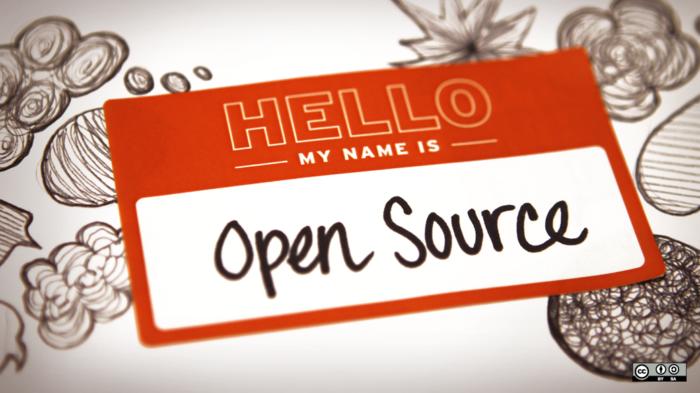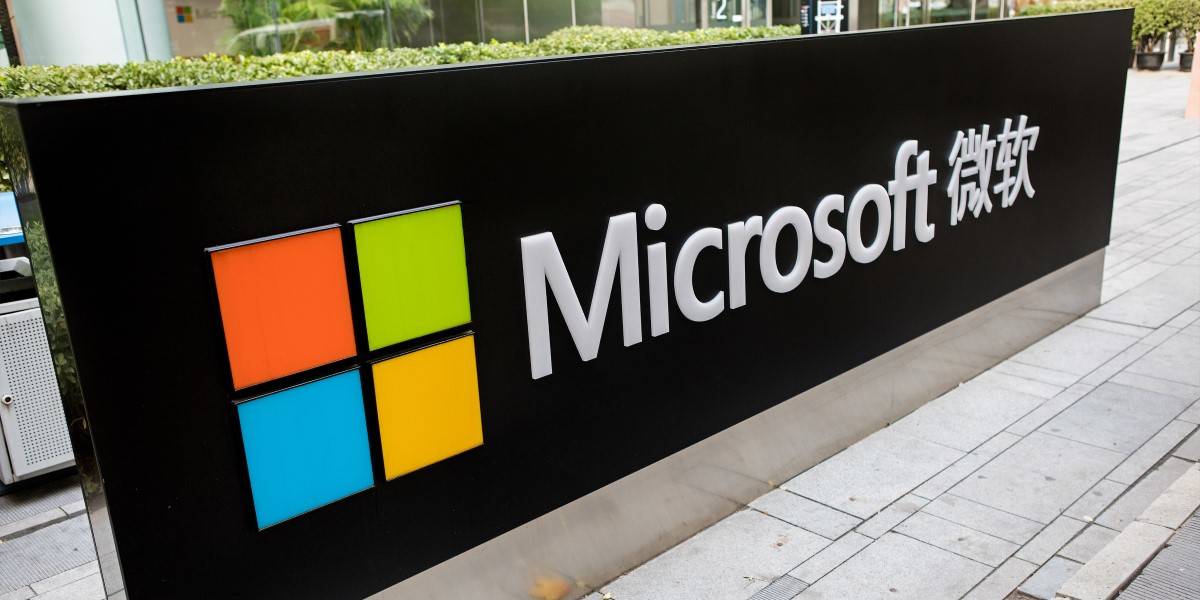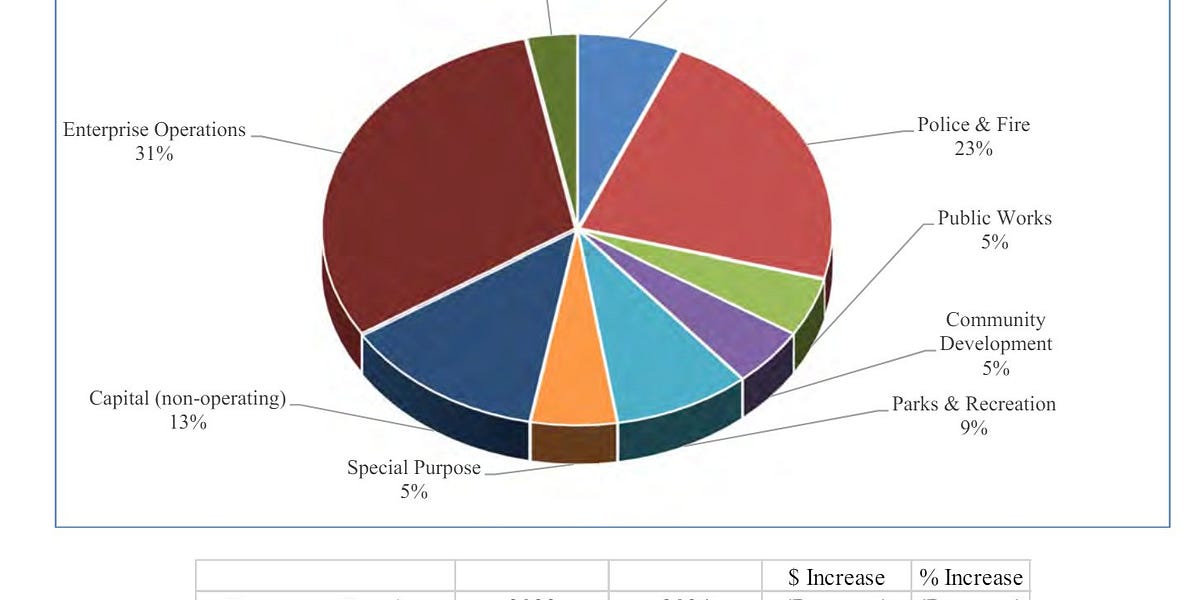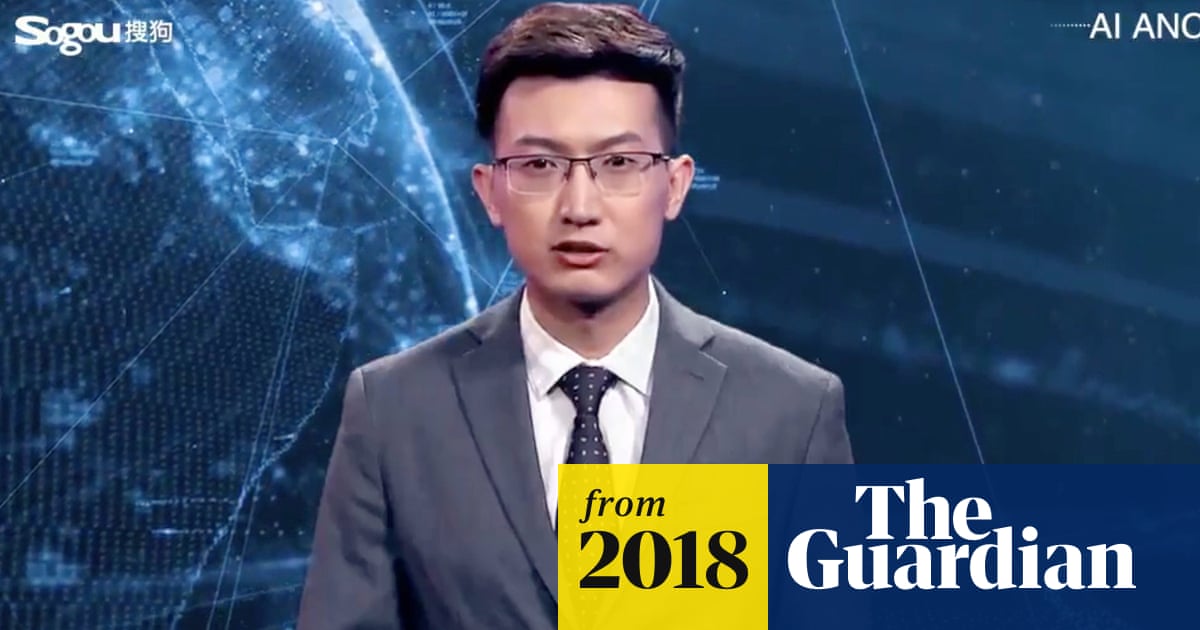
Ensuring the open source moment continues
By Matt Asay
Contributor, InfoWorld |
Back in the 2000s, we talked about open source a lot—perhaps too much. We fought about whether code freedom (GPL) or developer freedom (Apache/BSD) mattered more. We wondered when the year of the Linux desktop might finally arrive. (TL;DR never. Or maybe it already happened. Or…whatever.) We chastised companies for “open washing” (anticipating the years of cloud- and AI-washing to come). We debated “open core” business models.
By the 2010s, open source faded into the background as it became essential infrastructure for every developer and company on the planet, whether they knew it or not. Sure, we had sporadic eruptions of fist-shaking at cloud giants for strip-mining open source, and people made earnest pleas for sustainable open source (even as it showed no signs of ever running out), but mostly we pushed open source to the back of our minds, even as it became critical to most everything we do.
Until now. Open source is again top of mind, given its seeming centrality to ensuring AI isn’t commandeered by a few companies, not to mention Redis’ recent decision to change its licensing. The problem is that open source hasn’t kept up with technology trends. There is no such thing as “open source AI,” for example, no matter how much some pretend otherwise. And there’s still no good open source licensing for the cloud. We need to use this open source moment to ensure it’s fit for purpose going forward, but how can we do so with fairness?




















